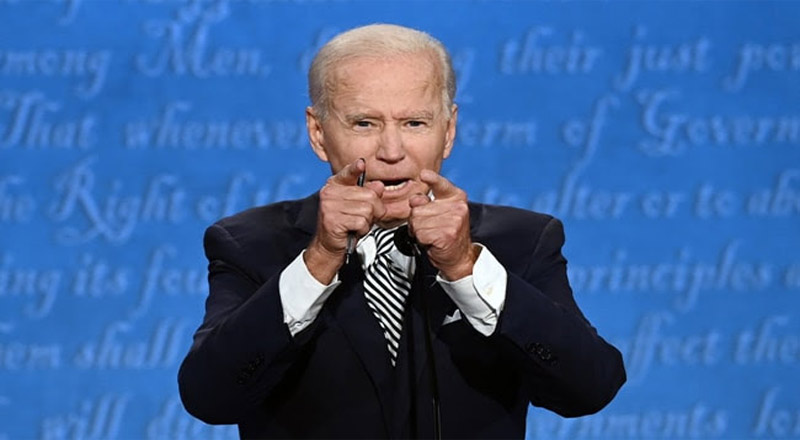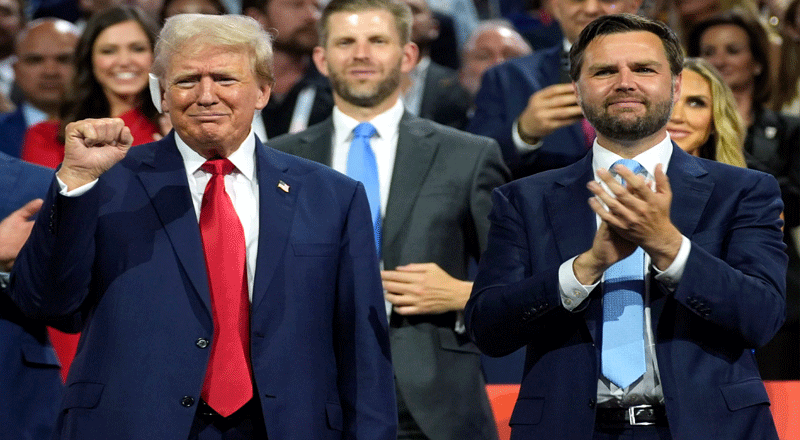A new report shows why the best infrastructure investment for U.S. jobs, the climate, and the economy is in a rapid transition to renewable energy and a 21st-century electricity system, and to phase out nuclear power and fossil fuels. While nuclear subsidy proposals in play as part of infrastructure negotiations like those from Senator Joe Manchin (D-WV) and Senator Ben Cardin (D-MD) would designate $6-$50 billion to bail out uneconomical nuclear power plants, the new economic analysis shows that subsidizing nuclear reactors would hobble the needed transition to a modern energy system and waste the economic and environmental benefits of renewable energy.
The report by Dr. Mark Cooper, senior research fellow for economic analysis, Institute for Energy and the Environment, Vermont Law School, was released during a video news event featuring experts from the Nuclear Information and Resource Service (NIRS), Friends of the Earth, and the Nuclear Energy Information Service (NEIS) in Illinois. The report is available here.
Dr. Cooper said: “Over the past 70 years, nuclear power has been the recipient of massive subsidies, but it has failed to deliver on its promise of low-cost power. While the nuclear industry complains about the subsidies that are bringing renewables into the market today and resists programs to promote energy efficiency, analysis of the historical pattern demonstrates that the cumulative value of federal subsidies for nuclear power dwarfs the value of subsidies for renewables and efficiency, 10 to 1. Renewables are in the early stage of development. Nuclear received much larger subsidies in its developmental stage and enjoyed truly massive subsidies since its inception, compared to other resources as it grew.
Cooper added: “Why not just build a bunch of nuclear reactors? The answer is simple: They cost too much, they take too long, and they raise environmental and public health concerns of their own, water, waste, decommissioning and safety. The high cost, centralization, and capital intensity of nuclear means it cannot contribute to macroeconomic growth or the dispersion of growth to local areas. Nuclear power has made almost no contribution to the reduction of carbon emissions of the U.S. economy in the past quarter century and there is little chance it will do so in the next decade.”
Key findings of the report include:
- Advances in renewable energy now make it possible to both grow an equitable economy and phase out greenhouse gas emissions, at the lowest cost.
- Renewables are much more attractive on both job creation and energy costs, tipping the scale strongly against existing nuclear reactors.
- There is no need to make a trade-off in the near-term. Renewables are already competitive with existing nuclear, while enjoying a substantial advantage in the long-run. Investing in renewables is the best choice now and in the future.
- The costs of existing reactors will rise, imposing a cost on jobs and the economy. It reduces families’ disposable income, and businesses pass their higher costs on to consumers. It increases energy cost burdens, reducing spending and jobs economy-wide.
- Keeping uncompetitive nuclear reactors online would squeeze out and delay the growth of renewables for a couple of decades. It would forgo about 80% of economic benefits of the transformation, and still require replacing the nuclear facilities, further increasing the cost and risk. The right choice is to let nothing stand in the way of the transition to renewables and get it done as quickly as possible.
- As reactors retire, they are being replaced quite easily without any disruption in decarbonization of the electricity sector. The primary lesson is not that nuclear power should be subsidized so it can continue to generate electricity; it is that more planning and lead time about retirements will make the process smoother.
- Given the overwhelming superiority of the alternatives on cost and economic impacts, the U.S. should follow a strategy of pursuing 100% decarbonization on the basis of the four elements of the 21st century system: efficiency, wind, solar and intelligence.
Tim Judson, executive director, Nuclear Information and Resource Service (NIRS), said: ““Dr. Cooper’s report shows conclusively that subsidizing nuclear power will compromise President Biden’s goals for the American Jobs Plan. Billions of dollars for old nuclear power plants will block renewable energy and real solutions to climate change. It will not create a single new job and prevent the creation of thousands more jobs. And it will prolong racial and economic injustice, subsidizing radioactive waste while keeping energy costs high. We can create a just, equitable, thriving economy and solve the climate crisis by investing in renewable energy and modernizing our electric grid, but not if we keep bailing out nuclear energy.”
Lukas Ross, program manager, Friends of the Earth, said: “Bailout plans like Senator Cardin’s are bad for taxpayers, bad for consumers, and bad for the climate. This is essentially a proposal to spend $50 billion to pay for electricity twice—once now with major new subsidies and again when these units retire and need to be replaced with new capacity. This is a bad investment that at immense cost would distribute benefits very narrowly to a handful of utilities at the expense of renewables and ratepayers. The reality of reconciliation is scarcity. The more money funneled to existing nuclear, the less money available for the child tax credit, for the Medicare expansion, for new wind and solar.”
David Kraft, director, Nuclear Energy Information Service in Illinois, said: “The massive nuclear bailouts lavished on Exelon here in Illinois and the former First Energy in Ohio not only prove Dr. Cooper’s conclusion that bailouts delay and interfere with renewable energy expansion, but that bailouts encourage and further entrench political corruption. In both states more aggressive implementation of renewable energy and efficiency have been delayed and curtailed as FBI indictments mounted, uncovering illegal lobbying practices. This should serve as warning to the Biden Administration that you can’t build an energy future by bailing out the past.”
With such clear advantages, the question arises as to why replacing the 20th century electricity system needs aggressive public policy to be implemented. The answer is that the new system must overcome the resistance of the dominant, entrenched industries that have had a century to cement their power and influence. The new system must overcome two barriers, one from deniers who say it is unnecessary or cannot be done, and one from those who claim decarbonization cannot be accomplished without relying on nuclear power. The barriers are backed by powerful interests: Coal accounts for 23% of total generation, gas 37%, and nuclear 20%.
Dr. Mark Cooper is senior fellow for economic analysis at the Institute for Energy and the Environment at Vermont Law School. He has appeared more than 300 times before public utility commissions, federal agencies, and state and federal legislatures in more than 40 jurisdictions in the United States and Canada. Dr. Cooper is the author of “The Political Economy of Electricity: Progressive Capitalism and the Struggle to Build a Sustainable Electric Power Sector“ (Praeger, 2017) and “Power Shift: The Deployment of a 21st Century Electricity Sector and the Nuclear War to Stop It” (Vermont Law School, 2015).





